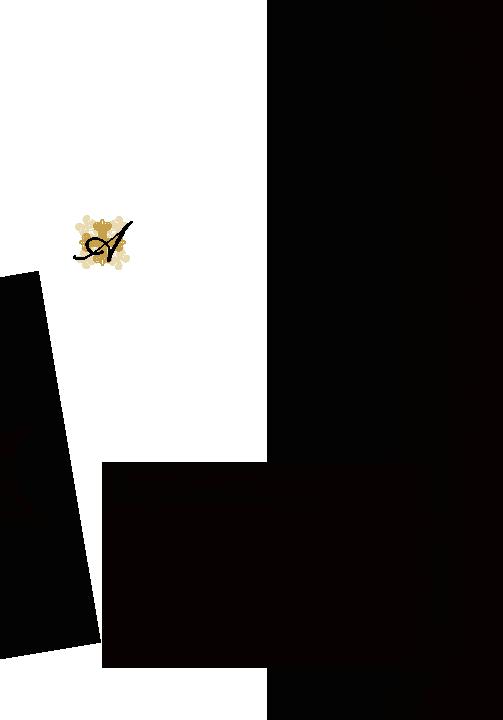
the retreat, but the chapel did remain in use. On November 11, 1909, Archbishop John B.
Pitaval conveyed the 152.8 acres to a Carl Stephan for $1,300. Four days later, Stephan sold
it to Harper S. Cunningham for $1,800. Both deeds contained a phrase protecting the
chapel: "reserving from the sale a certain Chapel situated in the above described premises,
which said Chapel is to be kept in good condition and repair by the Grantee at his own
expense for the use and benefit of the Catholics of that vicinity and who shall be permitted
to enter said premises for the purpose of worship in said Chapel." Two years later, on
December 23, 1911, Evalina C. Cunningham, widow of Harper, signed a warranty deed,
which still contained the restrictive clause concerning the chapel, to May B. Woodford.
Land values had increased; the purchase price was $5,500. Woodford ran a small dairy on
the ranch.
it to family members of the famous Pulitzer publishing company, William
Scoville, Edith Pulitzer Moore and Constance Pulitzer. Two residences, later
known as the south and north lodges, were built, as well as a carriage
house, eventually incorporated into the current central lodge. In spite of
a brief duration.
purchase. The railroad, which had brought an end to the Santa Fe Trail in the 1880s, had
since been bringing settlers and more modern types of adventurers: archeologists, who
discovered "lost cities"; ethnologists, who studied "lost peoples"; writers and artists, who
enthusiastically described and painted both the area and its people; and travelers and
tourists, who wanted to see it all. As artists' societies flourished in Taos and Santa Fe, efforts
were made to preserve and encourage Pueblo arts, which had been in decline, and to define
and mandate a "traditional" architecture for Santa Fe, a city that would eventually become
famous for it.
beginnings as staff dormitories, circa 1936.